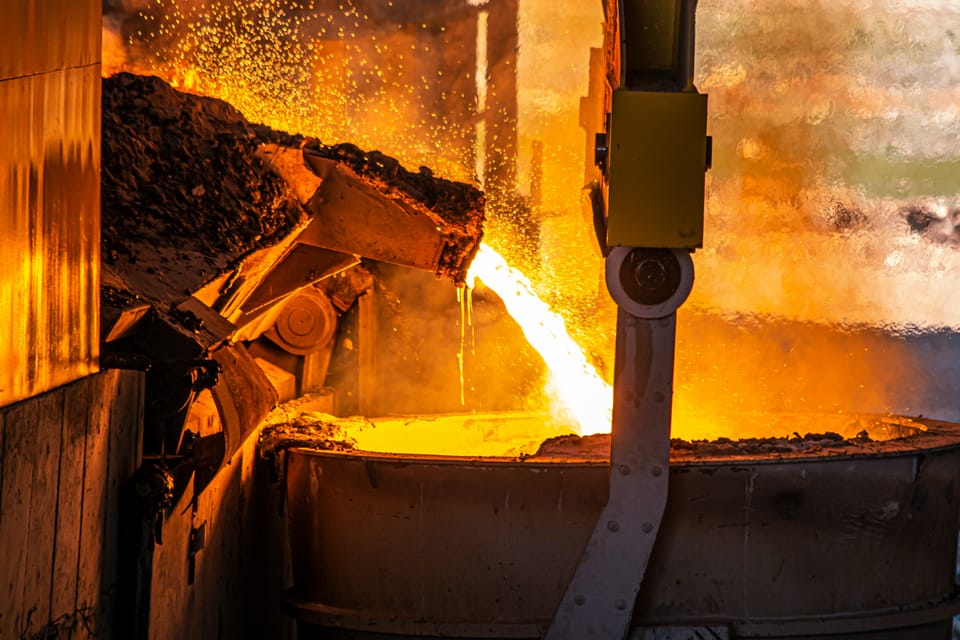BHP launches India green steel collaboration amidst challenging economics

Australian mining firm BHP is working with India’s state-owned steel manufacturer the Steel Authority of India Limited (SAIL) to accelerate the decarbonisation of the steelmaking process.
The collaboration will see BHP – one of the world’s top producers of iron ore, the base material for making steel – explore different possibilities to decarbonise SAIL’s steel plants, starting with an initial study to assess various greenhouse gas emissions reduction strategies.
Some of the solutions that might be explored include hydrogen and biochar use, as well as other carbon abatement technologies.
In the 2023-24 financial year, SAIL achieved record steel production, at 19.2 million tonnes of crude steel. For reference, India’s annual crude steel output is around 120 million tonnes, meaning SAIL produces around 15% of the nation’s total output. In 2023, its declared carbon footprint stood at 45 million tonnes of CO2 equivalent.
Mitigating steelmaking climate impact
BHP has identified the climate impact of steelmaking – a particularly energy-intensive activity that currently uses large amounts of coal for power – as one of its largest obstacles in achieving climate goals.
“We have a long-term goal of net zero Scope 3 GHG emissions by 2050. Achievement of this goal is uncertain, particularly given the challenges of a net zero pathway for our customers in steelmaking, and we cannot ensure the outcome alone,” BHP noted in its 2024 Climate Transition Action Plan.
Upon announcing the agreement, BHP Chief Commercial Officer Rag Udd also recognised that “decarbonising this industry is a challenge that we cannot meet alone, and we must come together to leverage shared expertise and resources, to support the development of technologies and capability that could have the potential to create a real change in carbon emissions both now and in the longer term”.
Green steel plans still face economic challenges
Decarbonising steel is a key priority to meet global climate goals. The carbon intensity of steel production currently remains around 1,890 kg of CO2 per tonne of crude steel, and should reach 1,340 kg per tonne to keep a 1.5ºC-aligned future within reach.
Pilot green steel projects are being implemented around the world and buyers are signalling strong demand for carbon-free steel products – yet the commercial viability of producing steel without GHG emissions remains in question.
German steel firm Thyssenkrupp is currently reviewing a €3 billion project to make green steel using hydrogen-based direct reduction in Duisburg, after it emerged the plant could become even more expensive than planned.
Think tank Transition Asia estimates that at a cost of US$5 per kg of hydrogen, making steel using a ‘hydrogen direct reduced iron (H2-DRI) process’ costs more than US$850 per tonne of steel – compared to less than US$700 per tonne for conventional blast furnace production.
Green steelmaking processes become cheaper than conventional production methods only when hydrogen costs US$1 per kg or less – but green hydrogen (produced from renewable electricity) currently sells at a price of around US$10 per kg.







Member discussion